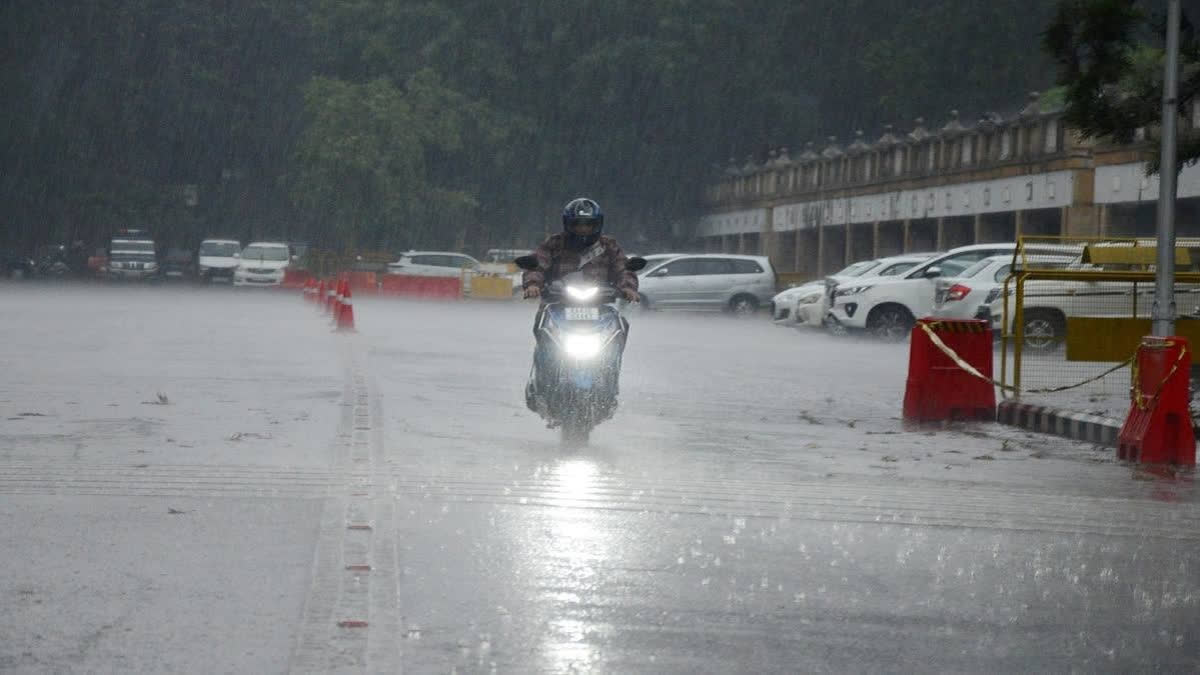New Delhi: As weather patterns grow more unpredictable due to the climate crisis, India is taking a giant leap with "Mission Mausam" to improve weather understanding and forecasting through expanded observation networks, better modelling and advanced tools like AI and machine learning.
The mission will include creating a laboratory to artificially develop clouds, increasing the number of radars by over 150 per cent and adding new satellites, supercomputers and much more.
Why is it needed?
According to the Ministry of Earth Sciences, tropical weather forecasting remains challenging due to the complexity of atmospheric processes and limitations in current observation and model resolution. Observational data is relatively sparse, both spatially and temporally, and the horizontal resolution of Numerical Weather Prediction (NWP) models, currently at 12 kilometres, makes it difficult to accurately forecast small-scale weather events in India, it said.
At the same time, climate change is making the atmosphere more chaotic, resulting in isolated heavy rainfall and localised droughts, which pose simultaneous challenges of flooding and drought. Cloudbursts, thunderstorms, lightning and squalls are among the least understood weather events in India.
Understanding these complex patterns requires in-depth knowledge of physical processes occurring within and outside clouds, on the surface, in the upper atmosphere, over oceans and in polar regions, the ministry said. This calls for high-frequency observations at the ground level and across the earth system with improved spatial and vertical resolutions to monitor the earth's dynamic systems effectively and increasing the horizontal resolution of NWP models from 12 kilometres to six kilometres to generate panchayat-level forecasts, it said.
What will happen over the next five years?
Union Ministry of Earth Sciences Secretary M. Ravichandran said the five-year mission would be implemented in two phases. The first phase, which runs until March 2026, will focus on expanding the observation network. This includes adding around 70 Doppler radars, high-performance computers and setting up 10 wind profilers and 10 radiometers.
To put the scale of the task into context, the India Meteorological Department (IMD) has installed 39 Doppler radars to date and has never set up a wind profiler. "We will also conduct an Observing System Simulation Experiment (OSSE) in the first phase, which will help determine the number of observations needed moving forward," Ravichandran said.
The second phase will focus on adding satellites and aircraft to further enhance observational capabilities. Over the five-year period, the ministry and its institutions -- the India Meteorological Department, the Indian Institute of Tropical Meteorology and the National Centre for Medium-Range Weather Forecasting -- will work to improve their understanding of weather and climate processes and prediction capabilities and develop weather management technologies.
What is a cloud chamber and what does Mission Mausam say about weather management?
The ministry has said that a "cloud chamber" will be established at the Indian Institute of Meteorology in Pune within the next one and a half years under the mission to study the processes occurring within clouds in the context of rising temperatures.
